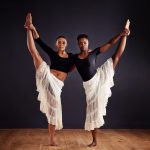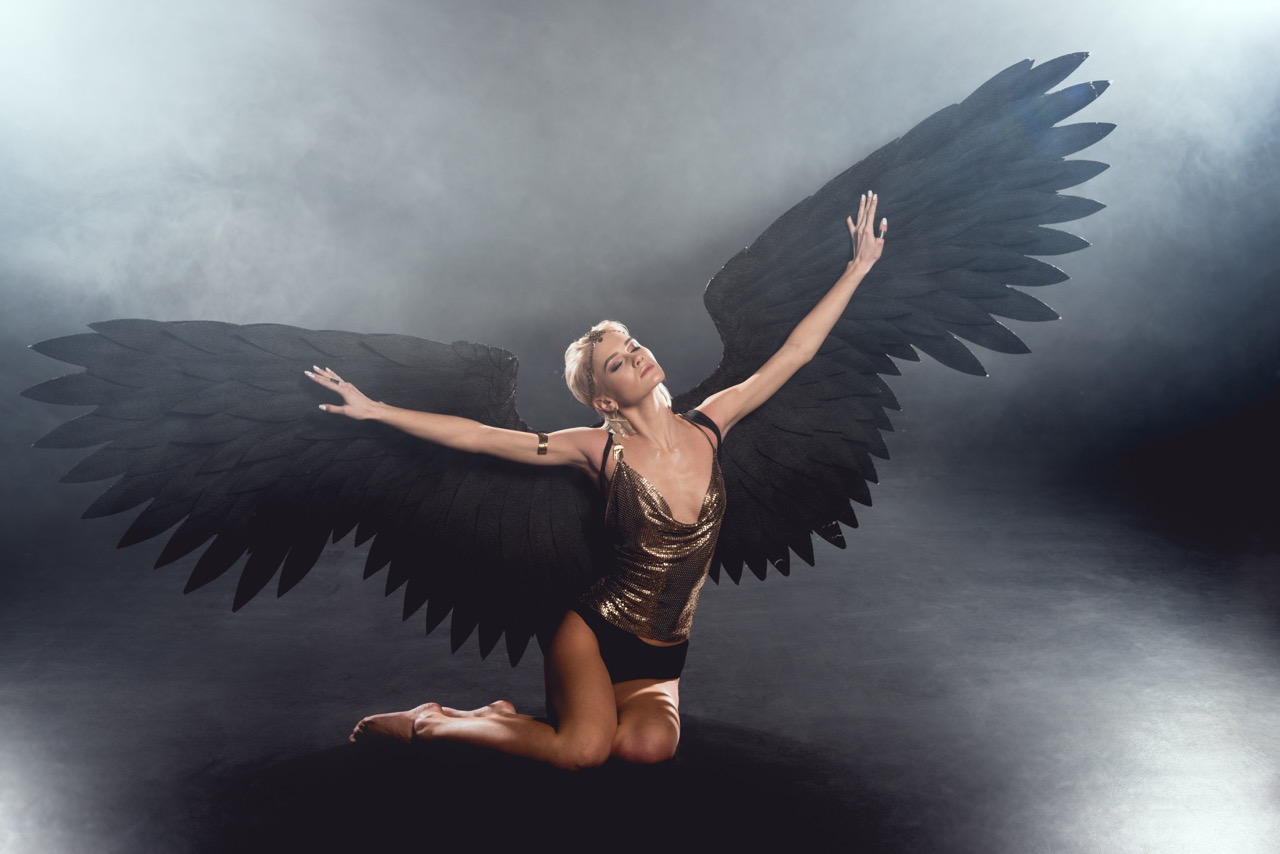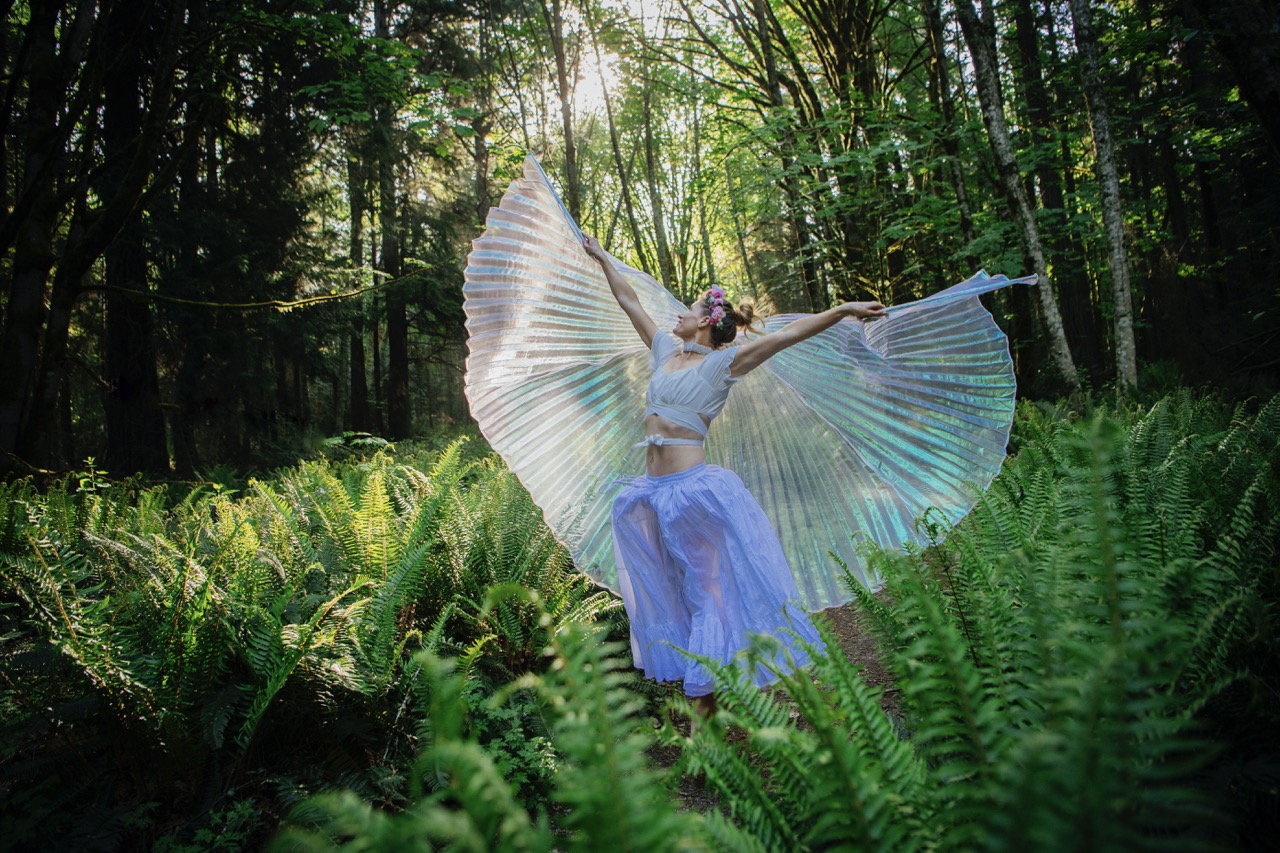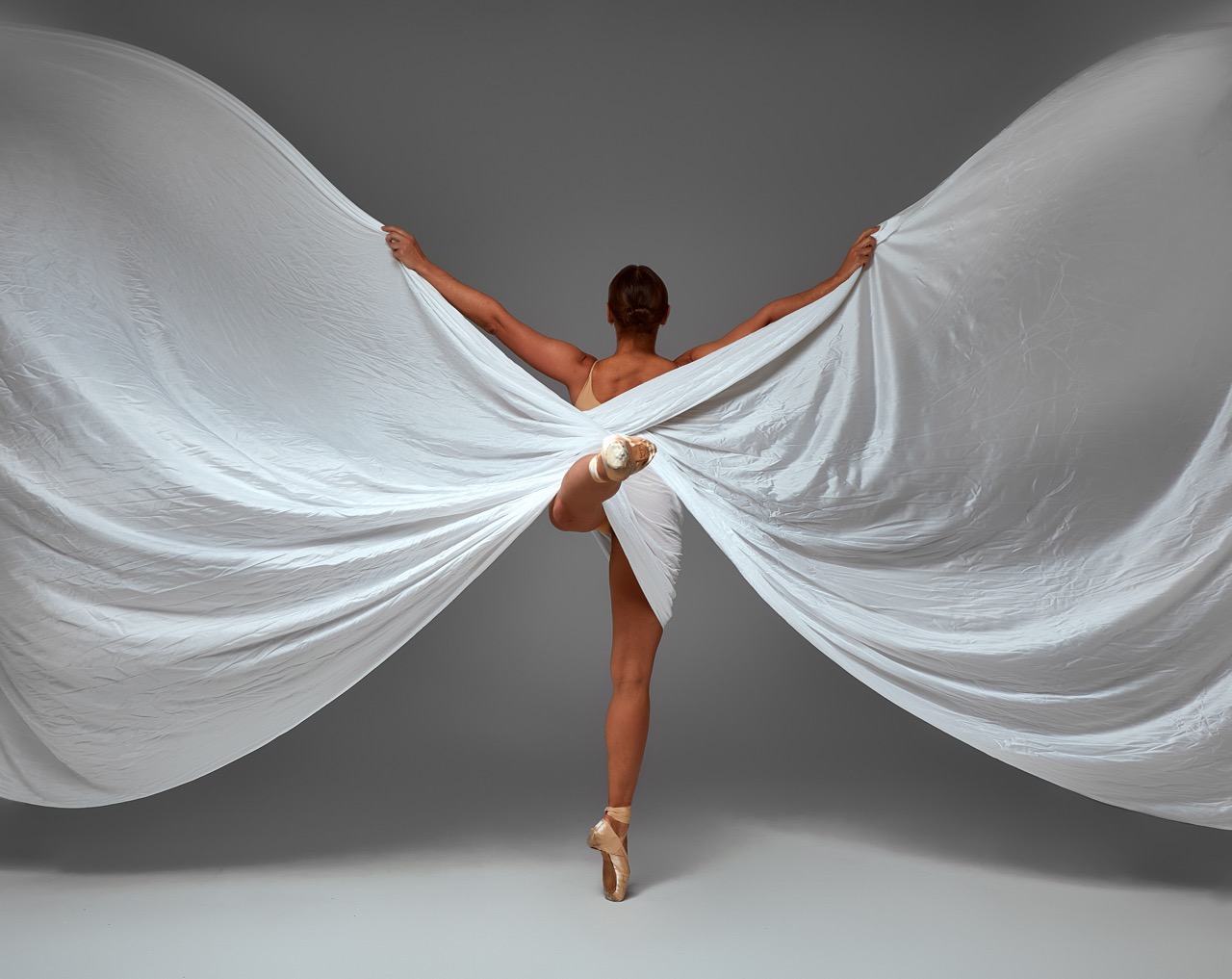Dance has long been a powerful medium for expressing the complexities of human experience, and one of the most profound symbols within this art form is the wing. From the fluttering appendages of birds to the ethereal projections of mythical beings, wings have come to represent freedom, transformation, and transcendence. In dance, the incorporation of wings—whether through costumes, movements, or thematic elements—serves as a profound metaphor for change. This article explores the multifaceted role of wings in dance, illuminating how they symbolize transformation, unveil deeper meanings, express movement, and craft compelling narratives.
The Symbolic Power of Wings in Dance Transformation
Wings have an intrinsic ability to convey transformation, often evoking the notion of liberation from earthly constraints. Dancers adorned with wing-like costumes or utilizing props can embody the spirit of metamorphosis, suggesting a departure from the mundane. This symbolism becomes particularly potent in performances that explore themes of personal growth, rebirth, or enlightenment. For instance, a dancer’s ascent, marked by the expansive movement of wings, can visually narrate the journey from struggle to freedom, depicting a soul unanchored from its past.
Moreover, wings often symbolize aspirations and dreams, reflecting the desires that propel individuals forward. In many cultures, the image of wings is associated with divinity, suggesting that through dance, humans can aspire to connect with something greater than themselves. This duality of earthly and ethereal connectivity creates a rich tapestry of meaning; as dancers embrace this symbolism, their movements become a celebration of potentiality, evoking a sense of hope and possibility for the audience.
Furthermore, the aesthetic quality of wings enhances visual storytelling in dance. The fluttering fabric, the elegant lines created in space, and the dynamic contrasts between grounded stances and soaring movements all serve to captivate viewers. As the dancers elegantly manipulate their bodies and their ‘wings,’ they draw spectators into a world where the ordinary transforms into the extraordinary, allowing for a shared experience of beauty and inspiration.
Unveiling the Dance: Wings as a Metaphor for Change
The metaphor of wings extends beyond mere aesthetics; they symbolize profound personal and societal change. In contemporary dance, performers often use wing-like movements to represent struggles against oppression or the quest for identity. These dynamics illuminate the tension between confinement and liberation, inviting audiences to reflect on their own experiences with transformation. When dancers mimic the act of breaking free from invisible chains, the metaphor of wings becomes a powerful representation of resilience and the courage to embrace change.
In traditional folk dances, wings may represent cultural transitions, where performers embody a collective memory of evolution. These dances often reflect historical narratives, showcasing how communities have navigated social shifts. The wing motif serves as a bridge connecting the past with the present, allowing dancers to express their cultural heritage while simultaneously advocating for progress. Woven into the choreography, these narratives emphasize the importance of recognizing where we come from as we strive for a better future.
Additionally, the integration of wings in choreography can evoke emotional responses that resonate deeply with audiences. The gracefulness of winged movements can stir feelings of nostalgia or reverence, while abrupt, forceful gestures might elicit urgency and tension. This emotional spectrum enhances the thematic depth of performances, offering viewers a visceral understanding of the transformative journeys depicted through dance.
From Grounded to Soaring: Wings in Movement Expression
The physical embodiment of wings dramatically alters the dynamics of movement in dance. When dancers incorporate wing-like gestures, they transition from grounded forms to expansive, soaring expressions. This shift not only enhances the visual impact of the performance but also mirrors the emotional arc of the narrative being told. The contrast between a dancer’s grounded stance and their ascendant movements serves as a powerful metaphor for overcoming obstacles—an embodiment of triumph over adversity.
Moreover, the technical aspects of movement are intricately linked to the symbolism of wings. Dancers often employ techniques that emphasize extension, fluidity, and elasticity, drawing upon the qualities associated with wings. This fluidity invites moments of stillness, creating a dialogue between motion and rest that reflects the complexities of the transformation process. Each trajectory through space becomes a testament to the dancer’s ability to navigate both the physical and emotional realms, making the experience profoundly resonant for both performer and audience.
The choreography of winged movements fosters a unique connection between the dancer and the audience, as it invites viewers to engage with the transformative journey on a personal level. As dancers soar through space, they encourage the audience to envision their own aspirations, dreams, and metamorphoses. In this way, the dance becomes a shared experience, where wings symbolize not just the individual transformation but also a collective aspiration for growth and liberation.
Crafting Narratives: Wings as Catalysts for Dance Evolution
Wings have long served as catalysts for the evolution of dance narratives. Historically, cultural representations of wings—be it the angels of religious texts, the butterflies of metamorphosis, or the fantastical creatures of folklore—have inspired choreographers to explore themes of transformation. These narratives are meticulously crafted through choreography, allowing dancers to express complex stories that resonate on multiple levels. Wings, in this context, become a narrative device—guiding the audience through the emotional landscape of the performance.
In modern interpretations, wings have transcended their traditional roles, evolving into symbols of personal and collective identity. Dancers often use wing motifs to explore themes of gender, sexuality, and cultural identity, challenging conventional narratives and encouraging dialogue. These performances serve as a platform for marginalized voices, using the metaphor of wings to illustrate the struggle for acceptance and the celebration of diversity. Through this evolution, dance becomes a transformative force that reflects societal changes, engaging audiences in critical conversations.
Finally, as dance continues to evolve, the thematic elements of wings foster innovation in choreography and performance. Dancers and choreographers increasingly experiment with technology, incorporating multimedia elements that enhance the wing motif. From digital projections of wings to interactive costume designs, the aesthetic possibilities expand, enriching the narrative potential of performances. This ongoing evolution reflects the dynamic nature of dance as an art form, affirming its role as a powerful medium for expressing transformation across time and culture.
Wings have proven to be a potent symbol in the world of dance, encapsulating themes of transformation, liberation, and identity. Their ability to convey complex narratives and evoke profound emotional responses makes them an invaluable tool for choreographers and dancers alike. As we witness the evolution of dance, the metaphor of wings continues to inspire, challenging performers to explore new horizons and encouraging audiences to engage with their own journeys of transformation. Through the graceful interplay of movement and meaning, wings remain an enduring emblem of hope, possibility, and the innate human desire to soar.









